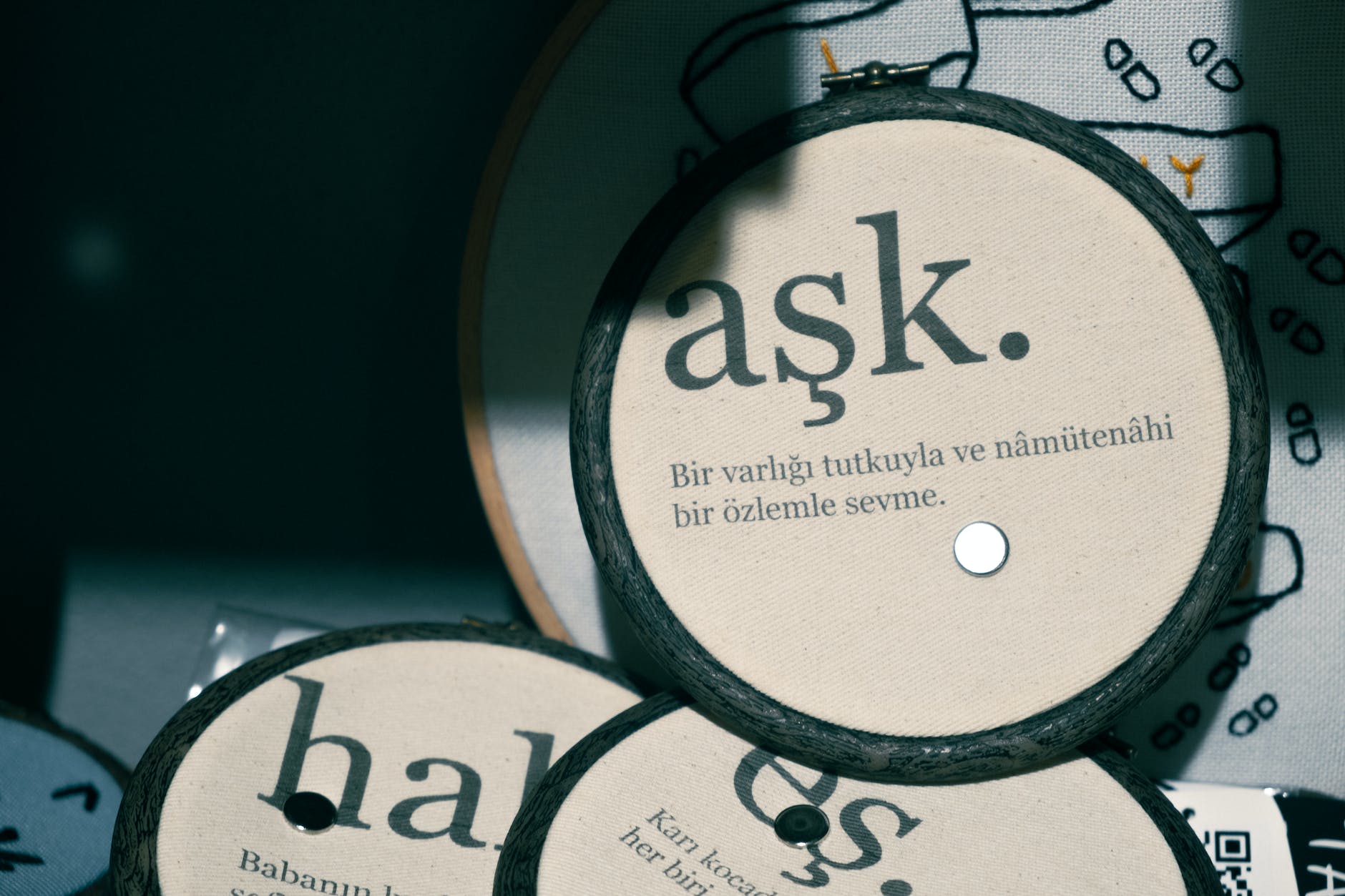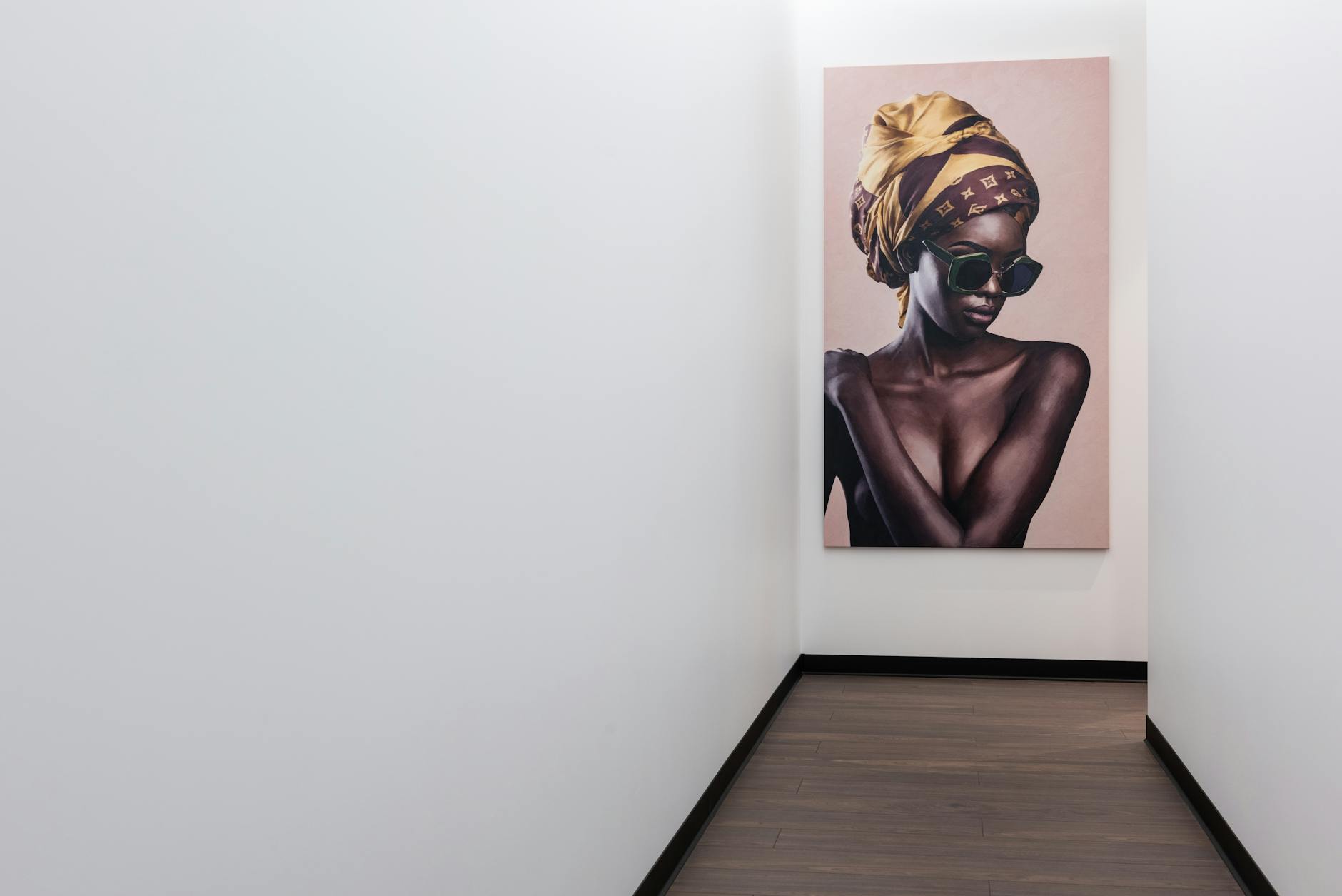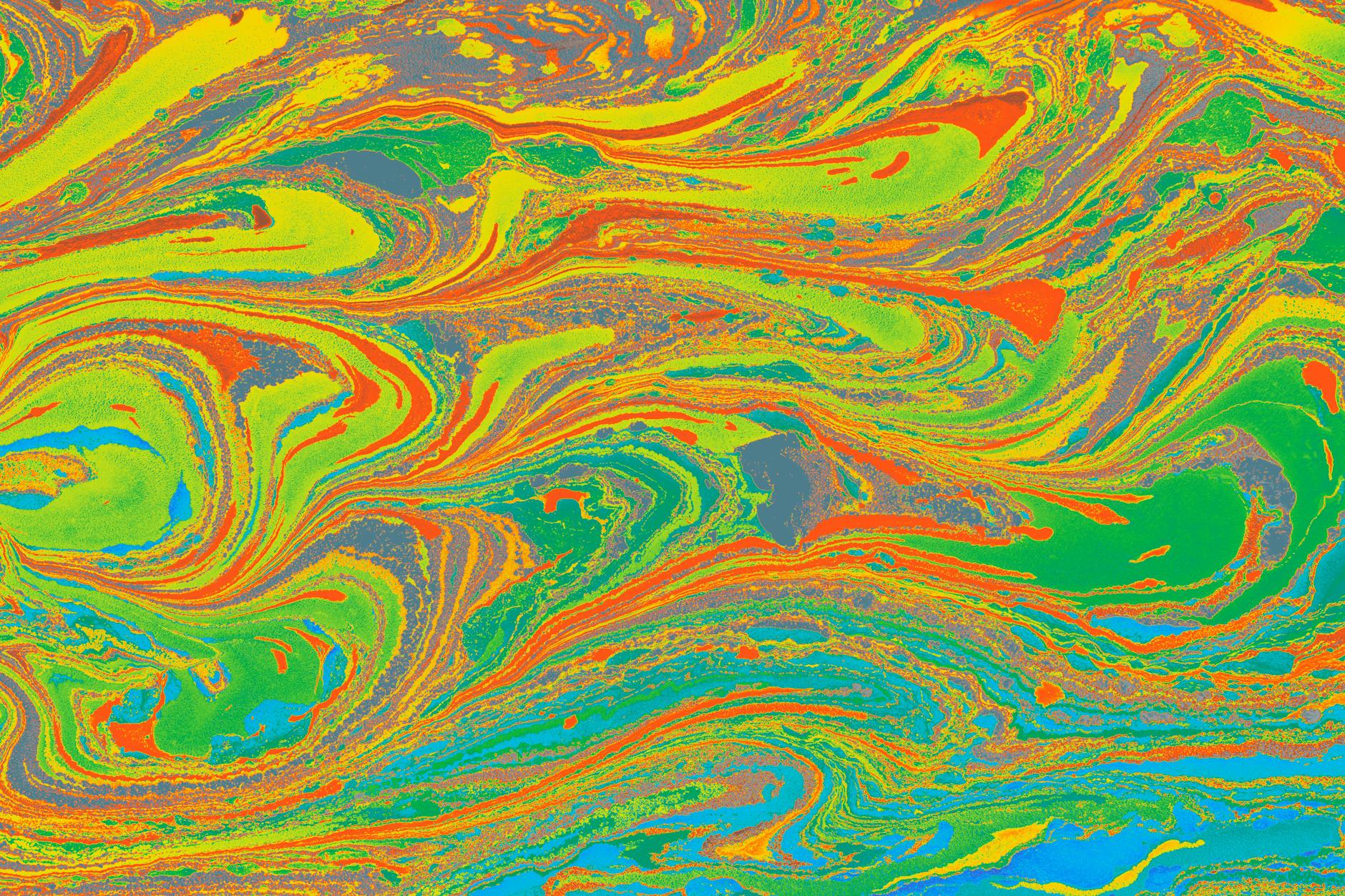The intricate relationship between psychedelics and art has been a topic of intrigue and wonder over the last century. This connection invokes questions about creativity, the mind, and our perceptions of reality. It’s a fact that the consumption of these substances, otherwise known as hallucinogens, has played a significant role in producing profound visionary experiences, often reflected in various forms of art.
The use of psychedelics has been practiced by societies across the globe for thousands of years. Indigenous cultures used sacred plants and fungi to induce altered states of consciousness for spiritual and transcendent experiences. The modern resurgence of this practice provides a new and unique prism through which we can analyze and interpret art.
Paintings and psychedelic art murals are the most immediate standout when discussing the link between drug-induced creativity and hallucinogens. Artists, whether beginners or seasoned professionals, often find that psychedelics provide a fresh, uninhibited perspective. This can lead to a radical mind expansion, and open the door for new inspiration and an influx of unfiltered creativity.
Psychedelics, such as LSD, psilocybin mushrooms, and mescaline, allow users to reach deeply buried parts of their psyche. Theories postulate that these substances help tap into the subconscious mind, breaking down traditional thought barriers—a phenomenon which can greatly enhance the artistic process. The shattering of these mental confines results in the generation of unexpected, uncontrolled, and often visually stunning imagery.
Numerous iconic artists and musicians have attested to the influence of psychedelics on their creative output. Legendary music group, The Beatles, for instance, confirmed that they were under the influence of LSD during the recording of their acclaimed 1967 album, Sgt. Pepper’s Lonely Hearts Club Band. The visionary experiences and hallucinogenic ‘trips’ had a profound impact on their creativity, spawning a whole new level of lyricism and musical innovation.
Although the psychedelic art movement is most commonly associated with the ‘hippie’ counterculture of the 1960s, its impact extends far beyond. Various studies reveal how psychedelics foster creativity, mental flexibility, and novel thinking patterns. A study done by the Beckley Foundation explores the impact of LSD on creativity.
Psychedelic therapy is also gaining significant traction in scientific communities. Various researchers are investigating the potential therapeutic applications of psychedelics in treating conditions like anxiety, depression, and even post-traumatic stress disorder (PTSD). Among these benefits, some users report a lasting increase in creativity and open-mindedness, further enhancing their artistic potential.
Psychedelics also play a significant role in what is known as ‘transpersonal art’. This involves the creation of art during or following a deeply transformative or spiritual experience. Essentially, transpersonal art is a reflection of the artist’s experience with altered states of consciousness, achieved through meditative practices, religious experiences, near-death experiences, or psychedelic drug use.
The relationship between psychedelics and art is a mirror of the broader relationship between mind and world. The visionary experiences induced by these substances often stimulate a profound sense of wonder about the nature of consciousness, acting as a catalyst for artistic expression.
Indeed, the connection between art and psychedelics is multifaceted and profound. While exploration into this realm remains somewhat fringe, the growing body of research feeds into the broader conversation on mind expansion, inspiration, and the artistic process. In many ways, psychedelics provide a unique tool for self-exploration, pushing us to reinterpret our understanding of the world while fueling our creative endeavors.
Art and hallucinogens, thus, share something in common – they both transcend the borders of our ordinary perceptions, leading us into the realms of the extraordinary, the foreign, and the mystical. Art produced under the influence of these substances, a product of intricate mind expansion, offers a potent vessel, carrying us on an explorative journey across the unchartered territories of human consciousness.
Sources:
Beckley Foundation
NCBI








